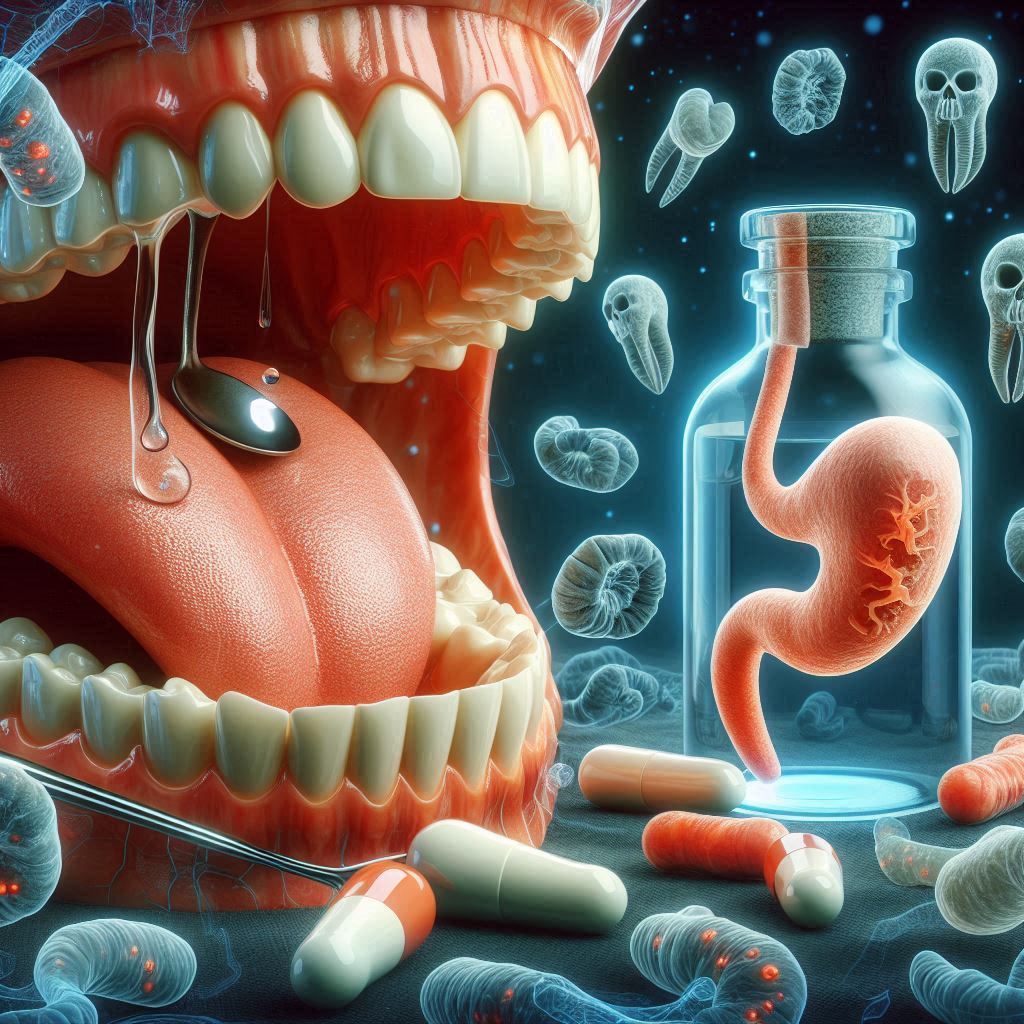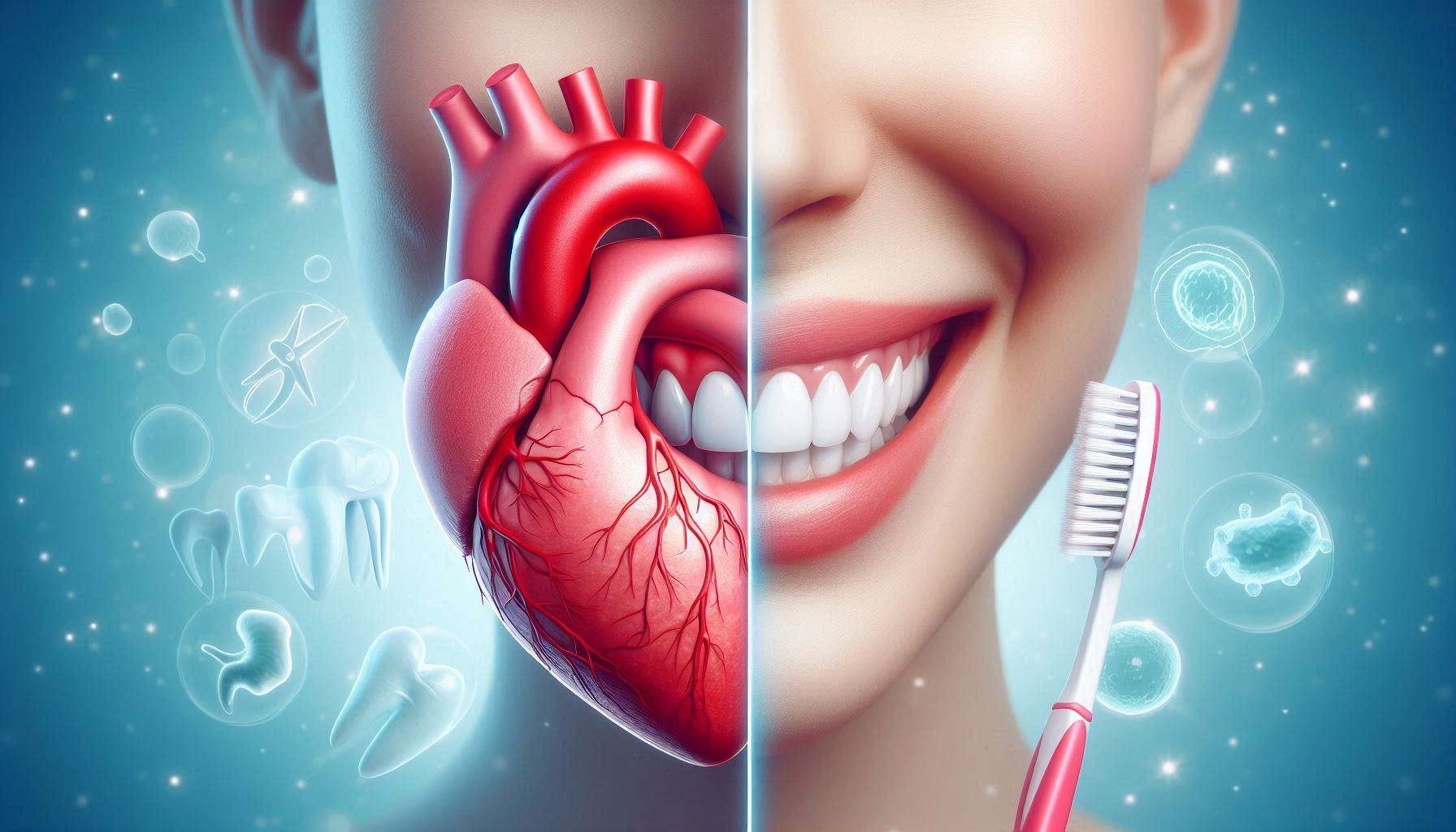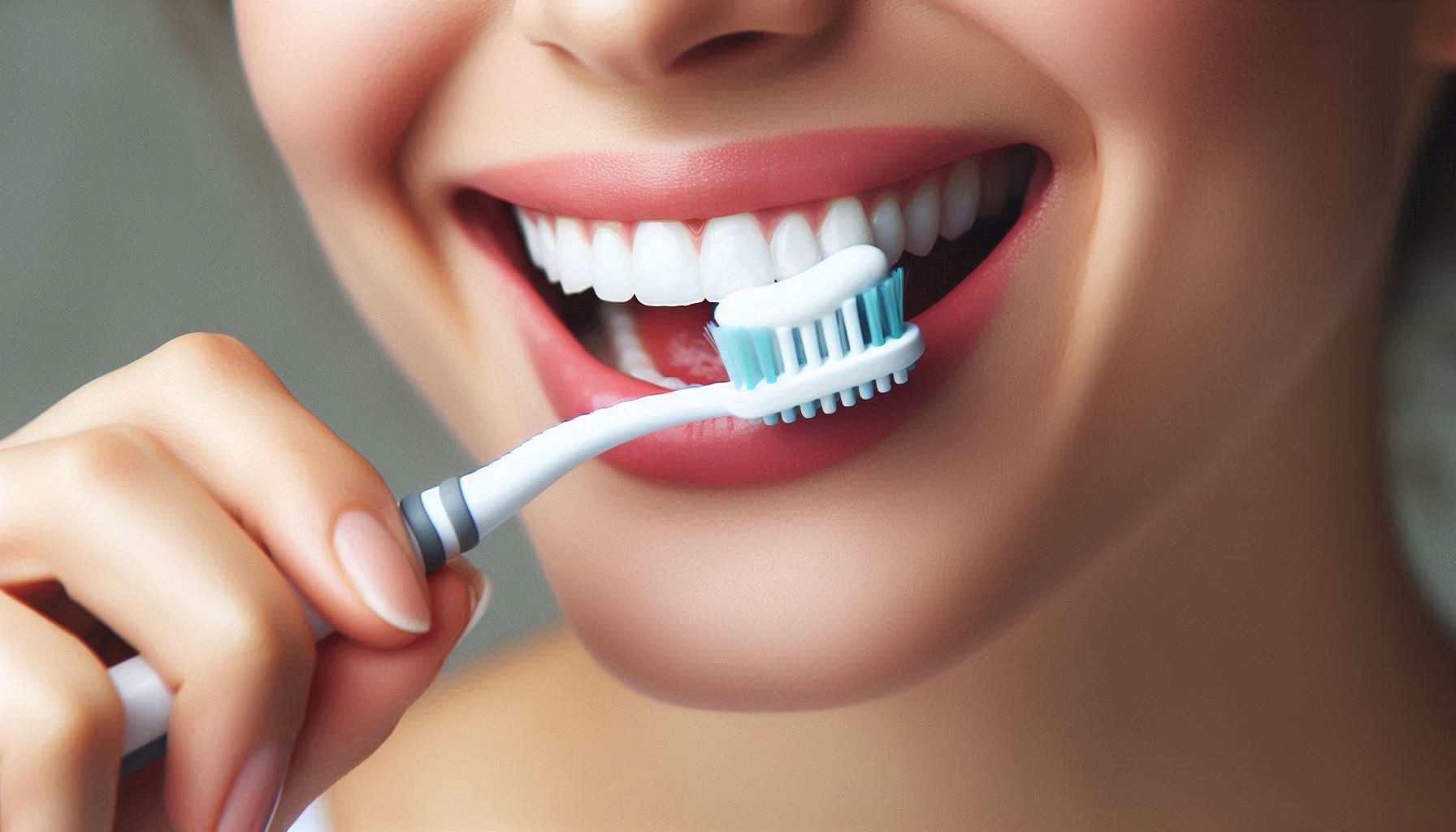Introduction: The Unseen Enemy – Stomach Acid and Teeth
Tooth erosion can often go unnoticed until significant damage occurs. While enamel is one of the hardest substances in the body, it is not indestructible. Enamel erosion is the gradual wearing away of tooth enamel, the protective outer layer of the teeth, often due to acids. Although people typically associate acid erosion with acidic foods and drinks, the primary culprit is often something far less obvious: stomach acid. Stomach acid can move from the stomach into the mouth, where it can cause significant dental damage, especially in individuals with conditions like gastroesophageal reflux disease (GERD), bulimia nervosa, or those experiencing frequent vomiting.
Understanding how stomach acid can damage your teeth is crucial for preventing long-term dental issues. This guide delves into the relationship between stomach acid and tooth erosion, explaining how acid affects the enamel, the risk factors involved, and the best ways to protect and treat your teeth.
What Is Stomach Acid?
Stomach acid is composed mainly of hydrochloric acid (HCl) and plays an essential role in digestion. The acid is incredibly strong and helps break down food, particularly proteins, while also sterilizing the stomach by killing harmful bacteria. The stomach is specially adapted to handle the acidic environment, with a thick mucosal lining that protects its walls. However, when this acid moves outside of the stomach—whether through reflux, vomiting, or other conditions—it can cause significant harm to other parts of the body, including the teeth.
The stomach typically keeps acid contained within its lining due to the lower esophageal sphincter (LES), a valve that closes off the esophagus from the stomach. However, when the LES weakens or malfunctions, acid can move upward into the esophagus and, in some cases, into the mouth.
What Is Tooth Erosion?
Tooth erosion is the loss of tooth enamel caused by chemical reactions rather than mechanical wear. While plaque buildup and poor oral hygiene lead to cavities, tooth erosion is the direct result of acids breaking down enamel. Enamel is primarily made up of hydroxyapatite crystals, which give it its hardness and translucency. These crystals are susceptible to demineralization when exposed to acidic environments.
Unlike cavities, which involve the activity of bacteria in the mouth, tooth erosion is caused by direct contact with acids, such as those produced by stomach acid. This acid softens the enamel and, over time, strips away its minerals, causing it to thin. The underlying dentin layer, which is much softer and more sensitive, becomes exposed, leading to discomfort and increased vulnerability to decay.
Enamel erosion can lead to a variety of issues including:
- Increased sensitivity: Hot, cold, sweet, or acidic foods and drinks can cause discomfort.
- Discoloration: The teeth may appear yellow as the underlying dentin becomes more visible.
- Chipping or cracking: Thinned enamel can lead to structural damage over time.
- Loss of tooth shape: The teeth may appear smaller or worn down.
The Process of Tooth Erosion Due to Stomach Acid
Tooth erosion from stomach acid typically occurs through two primary mechanisms: gastric reflux (acid reflux or GERD) and vomiting. The exposure to acid leads to the demineralization of the enamel, which means the calcium and phosphate ions in the enamel are dissolved, weakening its structure.
- Acid Reflux (GERD): GERD is a chronic digestive condition in which stomach acid regularly flows backward into the esophagus and sometimes reaches the mouth. This condition is also known as gastroesophageal reflux disease. The acid in the esophagus can irritate and inflame the lining of the esophagus, but when it reaches the mouth, it poses a direct threat to the teeth.GERD is particularly concerning because the repeated exposure to stomach acid—especially when left untreated—leads to chronic enamel erosion. Some individuals may experience a sour or bitter taste in their mouth due to the acid, a common symptom of acid reflux.
- Frequent Vomiting: Individuals who suffer from bulimia nervosa or other eating disorders involving vomiting are at a heightened risk for tooth erosion. Vomiting brings stomach contents, including highly concentrated stomach acid, into the mouth. This causes immediate and intense exposure to acid, which can lead to significant damage to the enamel.Bulimia nervosa, in particular, is associated with frequent vomiting episodes that introduce large quantities of stomach acid into the mouth, resulting in rapid and severe enamel erosion. The acid in vomit can soften the enamel almost instantly, making the teeth more susceptible to wear and tear.
- Hiatal Hernia and Pregnancy: Other medical conditions, such as a hiatal hernia, can cause stomach acid to move into the chest and mouth, leading to similar issues. Pregnant women also often experience acid reflux due to hormonal changes that relax the LES, increasing the risk of enamel erosion.
How Stomach Acid Erodes Your Teeth
The process of enamel erosion due to stomach acid occurs in stages. Initially, when stomach acid enters the mouth, it dissolves the minerals in the tooth enamel. The enamel begins to weaken, and the tooth becomes more susceptible to physical wear and other acids. Over time, this leads to:
- Loss of Enamel Thickness: Enamel gradually wears away and becomes thinner, leaving the underlying dentin exposed. This can make teeth more sensitive to temperature, texture, and certain foods or drinks.
- Increased Sensitivity: As the enamel thins, the dentin, which is much more sensitive than enamel, becomes exposed. This can cause pain or discomfort when eating hot, cold, or acidic foods.
- Visible Changes in Appearance: Thinning enamel leads to a yellowish appearance because the dentin is naturally more yellow than the enamel. As enamel continues to wear away, teeth can become increasingly translucent at the edges.
- Structural Damage: With continued exposure to acid, teeth may start to crack, chip, or even break. Enamel no longer protects the softer inner layers, and teeth become more fragile.
Symptoms of Tooth Erosion Caused by Stomach Acid
The effects of tooth erosion can be subtle at first, but they tend to worsen over time. Symptoms include:
- Increased Sensitivity: A key sign of enamel erosion is heightened sensitivity, especially to hot, cold, or sweet foods and beverages. This is due to the exposure of the underlying dentin, which contains nerve endings.
- Changes in Tooth Color: Enamel erosion often causes the teeth to look more yellow or dull, as the underlying dentin becomes more visible. As the erosion progresses, the teeth may develop a worn, shiny appearance.
- Discoloration and Staining: Teeth can become discolored or stained as the enamel wears away. The enamel no longer provides a smooth, reflective surface, making the teeth more susceptible to staining from food and beverages.
- Indentations or Grooves on the Teeth: As enamel erodes, it can leave visible indentations, especially on the biting surfaces of the teeth. These grooves are more pronounced and feel rough to the touch.
- Cracking or Chipping: In severe cases, the weakened enamel can lead to chips, cracks, or breaks in the teeth, which not only cause pain but also compromise the function and appearance of the teeth.
Risk Factors for Stomach Acid-Induced Tooth Erosion
While stomach acid can harm anyone’s teeth under the right conditions, certain groups are more at risk for developing tooth erosion:
- People with GERD or Acid Reflux: GERD, which affects a large percentage of the population, is the most common cause of tooth erosion due to stomach acid. In people with GERD, the acid regularly travels from the stomach into the esophagus and mouth, increasing the chances of enamel loss.
- Individuals with Eating Disorders (Bulimia, Anorexia, etc.): Those with eating disorders involving vomiting (such as bulimia) face a significant risk of tooth erosion. Repeated purging leads to direct exposure of the teeth to gastric acid, which accelerates enamel damage.
- Pregnant Women: Due to hormonal changes, pregnant women often experience acid reflux, which can lead to enamel erosion. The growing uterus may also put pressure on the stomach, causing acid to flow back into the esophagus.
- People with Hiatal Hernia: This condition, which affects the way the stomach connects to the esophagus, can cause acid reflux and increase the risk of tooth erosion.
- Frequent Consumption of Acidic Foods and Drinks: While this is not directly related to stomach acid, the frequent consumption of acidic foods (such as citrus fruits) and drinks (like soda and coffee) can exacerbate tooth erosion in those already prone to acid reflux or vomiting.
Preventing Stomach Acid-Induced Tooth Erosion
Preventing tooth erosion requires a multifaceted approach, focusing on both managing the causes of stomach acid exposure and protecting the teeth from damage. Here are key strategies:
- Managing GERD and Acid Reflux: If you have GERD or acid reflux, it is important to manage the condition to minimize the frequency and severity of acid exposure to your teeth. Medications such as proton pump inhibitors (PPIs) can help reduce stomach acid production, preventing acid from reaching the esophagus and mouth. Along with medication, lifestyle modifications can be helpful. Avoiding trigger foods such as spicy, fatty, or acidic foods can reduce reflux episodes. Additionally, eating smaller meals and refraining from lying down immediately after eating can help prevent acid from backing up into the esophagus and mouth.
- Managing Vomiting Episodes: For individuals with eating disorders such as bulimia nervosa, managing vomiting episodes is critical in protecting dental health. Professional treatment, including therapy and counseling, can address the underlying causes of vomiting and help reduce its frequency. Medical intervention can also manage the consequences of vomiting, including stomach acid exposure to the teeth. It’s important not to brush your teeth right after vomiting, as this can cause further enamel damage. Instead, rinse your mouth with water or a fluoride mouthwash to neutralize the acid before brushing.
- Protecting Teeth with Fluoride: Fluoride is effective in helping to remineralize enamel and offer protection against further acid erosion. Using fluoride toothpaste, mouth rinses, or having professional fluoride treatments at the dentist can significantly strengthen weakened enamel, making it more resistant to acid damage. Fluoride is a key tool in maintaining overall oral health and preventing further damage from stomach acid.
- Avoiding Acidic Foods and Drinks: Limiting the consumption of acidic foods and beverages like citrus fruits, soda, and fruit juices can significantly reduce the acid load in your mouth. This helps protect enamel from further erosion caused by dietary acids.
- Maintaining Good Oral Hygiene: Brushing with a soft-bristled toothbrush and fluoride toothpaste, along with regular flossing, helps maintain oral hygiene and prevent plaque buildup. However, avoid brushing your teeth immediately after acid exposure (either from reflux or vomiting); wait at least 30 minutes to protect softened enamel.
Treatment for Tooth Erosion Caused by Stomach Acid
If tooth erosion has already occurred, there are various treatment options available:
- Dental Bonding and Fillings: For cases of mild to moderate enamel erosion, dental bonding or composite fillings are commonly used to restore the tooth’s appearance and function. Dental bonding involves the application of a tooth-colored resin to the affected area, which is then hardened using a special light. This helps cover the exposed dentin, restores the shape of the tooth, and prevents further erosion. Composite fillings, made from durable, tooth-colored materials, can also be used to fill cavities caused by enamel loss, providing a seamless and natural-looking result.
- Veneers: Porcelain veneers are thin, custom-made shells that are bonded to the front surfaces of teeth. Veneers are ideal for restoring teeth that have suffered erosion, as they can improve the size, shape, and color of the affected teeth. These shells are designed to blend with the natural tooth color, offering a bright, smooth finish. Veneers not only improve aesthetics but also protect the underlying tooth structure from further damage. They are especially beneficial for individuals with advanced enamel thinning or discolored teeth caused by stomach acid exposure.
- Crowns: For more severe cases of enamel erosion, dental crowns are often recommended. A crown is a cap that covers the entire tooth, providing protection and restoring its strength. Crowns are custom-made to match the tooth’s natural shape, size, and color, ensuring a seamless appearance. Crowns help preserve the tooth’s structure, prevent further deterioration, and restore its ability to function normally. This option is often necessary for teeth with significant structural damage due to prolonged acid exposure.
- Fluoride Treatments: Fluoride treatments applied by a dental professional can strengthen weakened enamel and help reduce tooth sensitivity. These treatments help remineralize enamel, making it more resistant to future acid damage and promoting overall tooth health.
- Remineralizing Products: Remineralizing products like calcium phosphate paste are available over the counter and can be used to replenish lost minerals in enamel. These products can help slow the progression of tooth erosion and alleviate sensitivity.
Conclusion
Tooth erosion due to stomach acid is a serious issue that can cause irreversible damage to your teeth. The key to preventing tooth erosion lies in understanding the causes—such as acid reflux, vomiting, and other medical conditions—and taking steps to reduce acid exposure and protect the enamel. Regular dental check-ups, good oral hygiene, and managing underlying health conditions are essential for maintaining optimal dental health. If you notice any signs of tooth erosion, seek professional dental care to prevent further damage and preserve your smile.
By addressing the root causes and being proactive about oral care, you can protect your teeth from the long-term effects of stomach acid and ensure a healthy, beautiful smile for years to come.
SOURCES
Borrelli, M. A., 2019. The impact of gastroesophageal reflux disease (GERD) on oral health: A review of the literature. Journal of Clinical Dentistry, 30(2), 49-56.
Brown, K. S., 2018. The relationship between eating disorders and tooth erosion: A comprehensive overview. International Journal of Eating Disorders, 51(7), 709-717.
Ganss, C., 2020. Enamel erosion and tooth wear due to acidic food and drink: A review. Journal of Oral Rehabilitation, 47(4), 384-398.
Goldstein, M., 2017. Fluoride applications in dentistry: The role in enamel remineralization. Journal of Dental Research, 96(7), 750-757.
Kleinberg, I., 2016. Management of dental erosion due to acid reflux and vomiting. Dental Clinics of North America, 60(2), 215-228.
Liu, Y., 2021. The effects of stomach acid on tooth erosion: Pathogenesis and prevention. European Journal of Oral Sciences, 129(5), 376-384.
Patel, P. N., 2019. Preventive strategies for acid erosion caused by GERD: A practical approach for dental professionals. Journal of Preventive Dentistry, 41(3), 209-214.
Sadeghi, P., 2022. The role of fluoride in protecting teeth from acid-induced erosion. Journal of Clinical Dentistry & Oral Health, 45(6), 532-537.
Simmons, C. M., 2020. Oral health management in individuals with eating disorders: A clinical guideline. Journal of the American Dental Association, 151(12), 907-912.
Tay, F. R., 2018. Remineralization strategies for teeth affected by acid erosion: Recent advances. Dental Materials, 34(7), 1050-1061.
HISTORY
Current Version
January 25, 2025
Written By:
SUMMIYAH MAHMOOD




